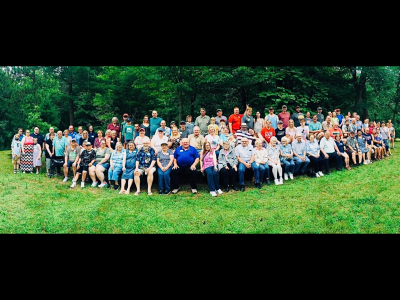seany65
Well-known
Hello all,
I've got a few digital questions I'd like to ask (as per usual I may not phrase them the way I should have in order to get the info I'm trying to get to so please bear with me:
1) I'm aware that more pixels on a particular size of sensor can improve the daylight detail, but can cause lower image quality in low light, what I think I want to ask is: at what extra level of mp would either of these things happen? eg. a 1/2.3" sensor with 8mp Vs a 1/2.3"ccd sensor with 10mp?
2) It seems the bigger the sensor the better, but would a 1/1.7" ccd with 6.1mp show less daylight detail than a 1/2.3" ccd with 8mp, but would show more detail in low light?
Presuming that in both 1) and 2) the sensors were made roughly at the same time or within a short time.
3) The fujifilm s5600* I bought recently has an aperture range from f3.5 to f13.6, the fujifilm s8100fd has aperture range from f2.8 to f8. Is there any advantage or disadvantage of either minimum f no.?
4) Some cameras have their aperture range described as:
"F3.1 and F6.4 (wide angle), F5.6 and F11.0 (telephoto) with ND filter,"
or:
f3.5/5.6/ f8* wide f5.6/ f8/ f11* * with neutral density filter.
Does either of these mean the camera only has two actual apertures it can use at either end of the zoom range?
Thank you for any help anyone can provide.
Edit= * A bit of a typo, it is actually an S5800.🙄
I've got a few digital questions I'd like to ask (as per usual I may not phrase them the way I should have in order to get the info I'm trying to get to so please bear with me:
1) I'm aware that more pixels on a particular size of sensor can improve the daylight detail, but can cause lower image quality in low light, what I think I want to ask is: at what extra level of mp would either of these things happen? eg. a 1/2.3" sensor with 8mp Vs a 1/2.3"ccd sensor with 10mp?
2) It seems the bigger the sensor the better, but would a 1/1.7" ccd with 6.1mp show less daylight detail than a 1/2.3" ccd with 8mp, but would show more detail in low light?
Presuming that in both 1) and 2) the sensors were made roughly at the same time or within a short time.
3) The fujifilm s5600* I bought recently has an aperture range from f3.5 to f13.6, the fujifilm s8100fd has aperture range from f2.8 to f8. Is there any advantage or disadvantage of either minimum f no.?
4) Some cameras have their aperture range described as:
"F3.1 and F6.4 (wide angle), F5.6 and F11.0 (telephoto) with ND filter,"
or:
f3.5/5.6/ f8* wide f5.6/ f8/ f11* * with neutral density filter.
Does either of these mean the camera only has two actual apertures it can use at either end of the zoom range?
Thank you for any help anyone can provide.
Edit= * A bit of a typo, it is actually an S5800.🙄
Last edited:




